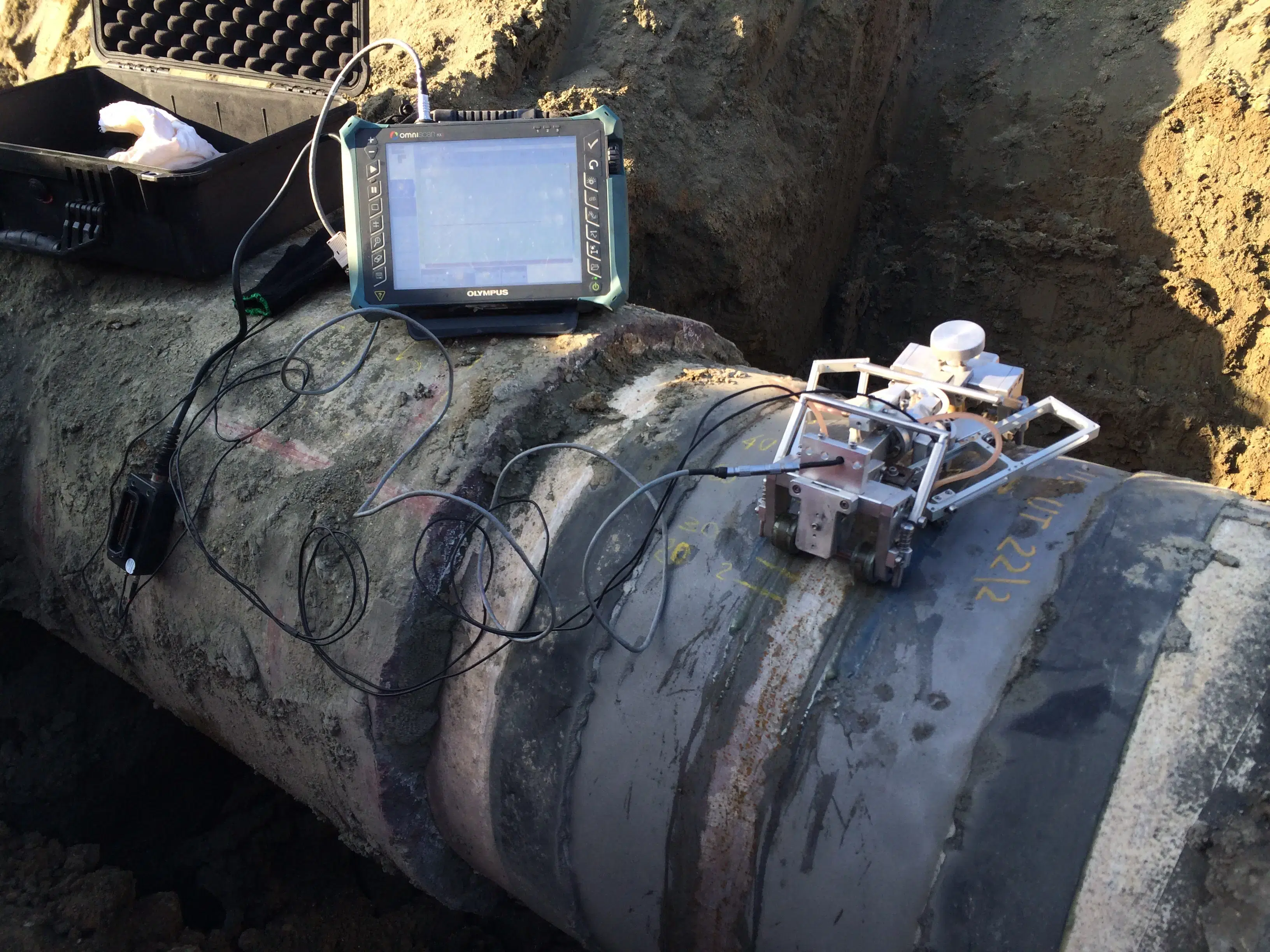
Pipeline Inspection
Welcome to [NDT Inspection Portal]’s pipeline inspection group, a place for professionals to connect... View more
27 years old 60″ water pipeline
27 years old 60″ water pipeline
Dear All,
I was asked by a client to look at a burried 60″ pipeline carrying water for the last 25 years over a distance of 450 km and come up with an appropriate inspection technique.
this pipeline has the following:
– 60″ diameter of Carbon Steel Internally Cement Coated
– Pipe Thickness = 14.27mm (average)
– Twin Pipes- A,B.
– Steel Grade = X60 & X52About 50 bars on discharge of each station
About 12,000 cubic meter per hour
SIX Pupming Stations on each line
– These are buried pipelines with Cathodic Protection system installed.
– Water is flowing through these lines for the last 25 years.
– Cement mortar is dropped through out the pipeline, restricting the flow now.
– Every hundred or hundred fifty meters there is an expected heap of cement debris lying in the pipelines covering at 6 OClock position, about quarter to one third of the pipe diameter.
Objectives:
1-To study the metal thickness loss of 60 diameter pipelines without exposing the buried pipelines.
2-To find out a good technology that can discover the locations where cement mortar lining is dropped.
3-To study the possibility of internal cleaning , the dropped cement mortar liningYour feedback is very much appreciated.
Log in to reply.